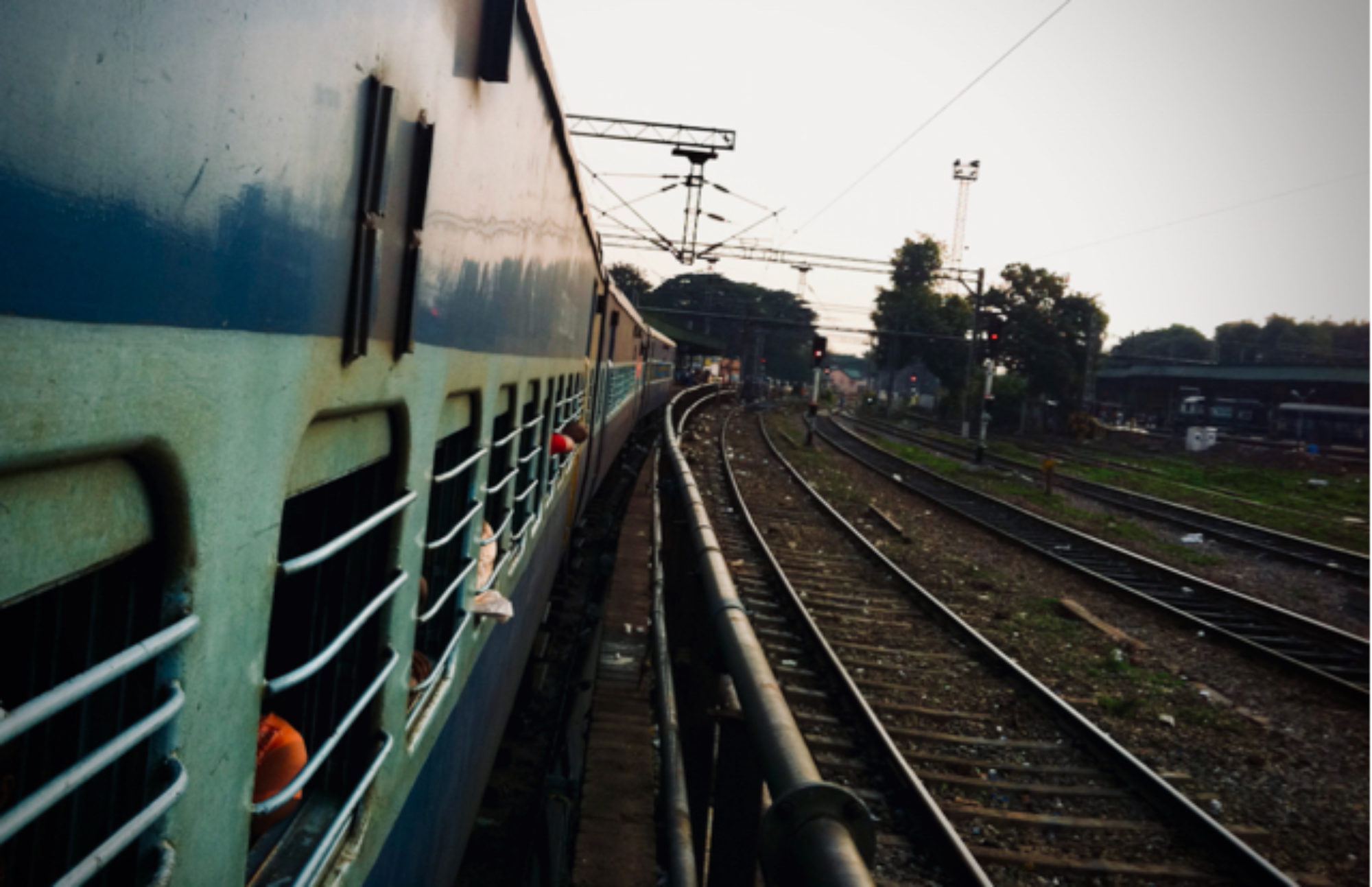
After the enormous grid failure in India, there is a new awareness of the need for alternative energy. Savvy entrepreneurs and established businesses are taking advantage and jumping on the opportunity to expand their market. Clearly a big hurdle is fully understanding the costs of renewables and working to minimize them. Luckily, there are plenty of smart folks working on that as well.
“In the wake of India’s grid blackouts, First Solar looks to build projects” by Katie Fehrenbacher on GigaOM
Commercial and industrial buildings frequently turn to diesel generators for power during grid outages. At their volume of consumption, diesel is overly expensive and unsustainable, and many in the commercial sector are looking for alternatives. First Solar wants to leverage this opportunity to move from simply a supplier to a project developer that replaces diesel generators in India. Since the grid blackouts, the solar giant has doubled its efforts to take advantage of the opportunity in India.
“India: Forget the Centralized Grid, Community Power is Here” by Joseph Romm by The Energy Collective
In a new deal signed after India’s great blackout, OMC Power will now provide clean, renewable energy to Bharti Infratel’s mobile phone towers around India. OMC is smartly avoiding the grid and the subsidies the government is offering and is taking real business models directly to the customers. It’s a mutually beneficial relationship for both companies and all of their stakeholders. Romm gives a great overview of what Community Power is and the important connection between mobile phones, towers, and renewable energy. He points out why the model will work well and why no one has done it before.
“Solar Pocket Factory Aims to Make Small-Scale Solar Better, Cheaper, and Accessible to Everyone” by Megan Treacy on TreeHugger
The popular Kickstarter campaign has been making waves in the alternative energy world. Partners Shawn Frayne and Alex Hornstein are leveraging the crowdfunding platform to fund a technology and a method that reduces the cost of microsolar panels by 25%. Their method calls for automated, precise production of panels to increase their quality, lifetime, and durability. Check out their Kickstarter campaign here.
“The ABCs of PV Technology Pricing” by Paula Mints on Renewable Energy World
The cost to produce a PV solar panel and the selling price varies around the world. This is due to different subsidies and incentives, along with the availability of materials. Mints breaks down the expenses and components required to produce a solar panel, the relationship between cost and price, and the effects of subsidies.
New here?
- Learn about what we do.
- Follow us on Twitter.
- Like us on Facebook.
- Join us on LinkedIn.
- Sign up for our mailing list.
- Catch up on past Weekly Reviews.
- Got an alternative energy or mobile tech startup for emerging markets? Apply.
